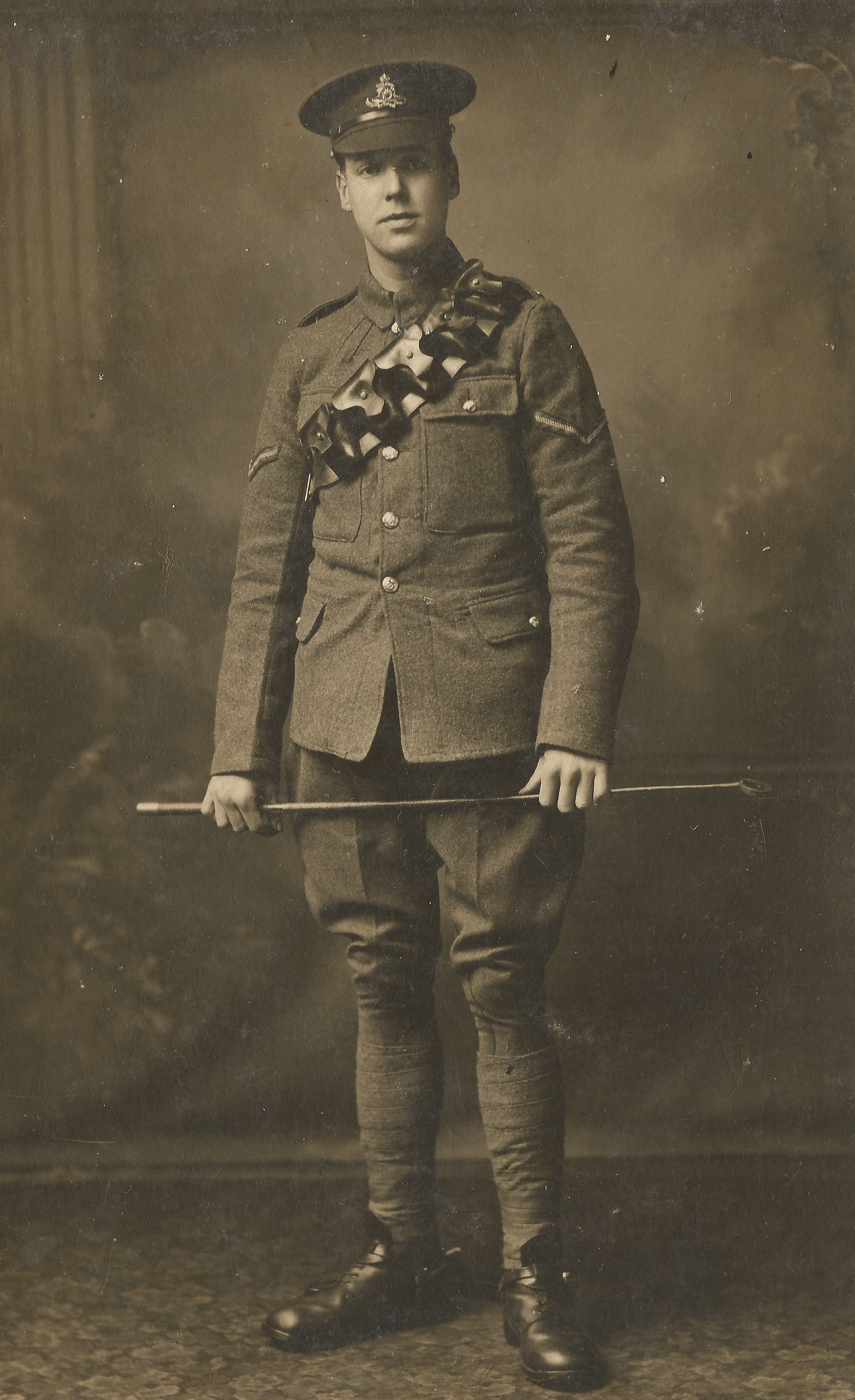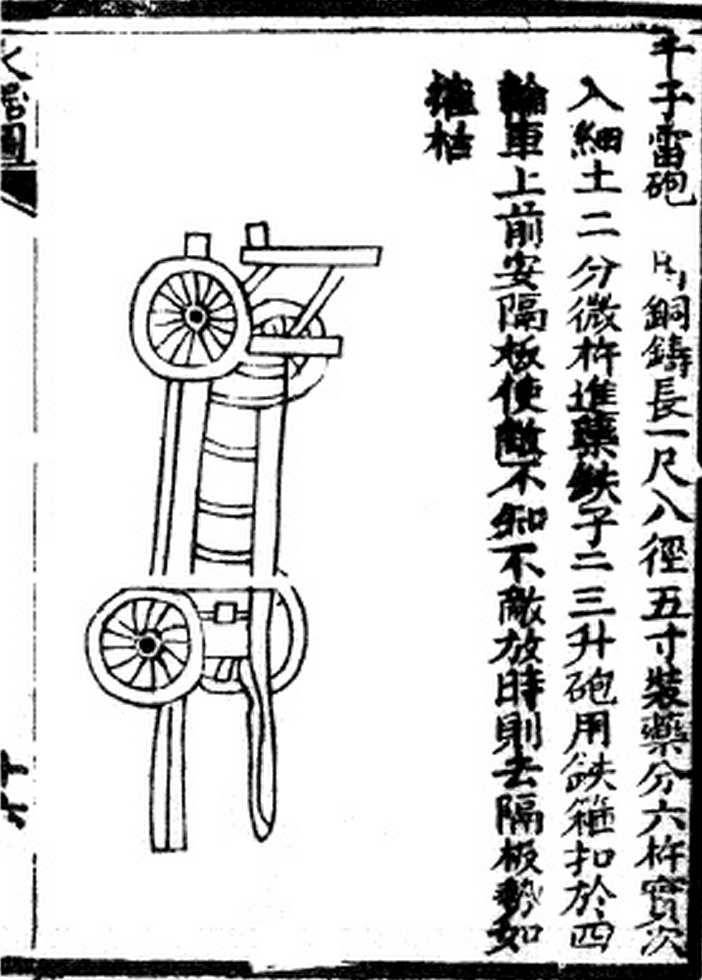|
Bombardier (rank)
Bombardier () is a military rank that has existed since the 16th century in artillery regiments of various armies, such as in the British Army and the Prussian Army. Traditionally the bombardier tended the vents at the top of breeches, handled the final assembly of ammunition and placed the ammunition in the muzzles for the gunners to fire. It is today equivalent to the rank of corporal in other branches. The rank of lance bombardier is the artillery counterpart of lance corporal. Commonwealth armies Bombardier (Bdr) and lance bombardier (LBdr or L/Bdr) are used by the British Army in the Royal Artillery and Royal Horse Artillery. The same applies to the Royal Australian Artillery, the Royal Regiment of New Zealand Artillery, the South African Army Artillery Formation and the Armed Forces of Malta. The Royal Regiment of Canadian Artillery uses the ranks of master bombardier and bombardier, corresponding to master corporal and corporal. Originally, the Royal Artillery had cor ... [...More Info...] [...Related Items...] OR: [Wikipedia] [Google] [Baidu] |
Artillerymen (1812) By Nikolai Zaretsky 1911
Artillery consists of ranged weapons that launch Ammunition, munitions far beyond the range and power of infantry firearms. Early artillery development focused on the ability to breach defensive walls and fortifications during sieges, and led to heavy, fairly immobile siege engines. As technology improved, lighter, more mobile field artillery cannons were developed for battlefield use. This development continues today; modern self-propelled artillery vehicles are highly mobile weapons of great versatility generally providing the largest share of an army's total firepower. Originally, the word "artillery" referred to any group of soldiers primarily armed with some form of manufactured weapon or armour. Since the introduction of gunpowder and cannon, "artillery" has largely meant cannon, and in contemporary usage, usually refers to Shell (projectile), shell-firing Field gun, guns, howitzers, and Mortar (weapon), mortars (collectively called ''barrel artillery'', ''cannon artil ... [...More Info...] [...Related Items...] OR: [Wikipedia] [Google] [Baidu] |
Master Corporal
Master corporal (MCpl) () is a military rank used by a number of countries. Canada In the Canadian Armed Forces the displayed rank of master corporal is an appointment that can be granted to Canadian Army, army and Royal Canadian Air Force, air force members of the rank of corporal. Its Royal Canadian Navy, navy equivalent is master sailor (MS) ( or ). According to the Queen's Regulations and Orders for the Canadian Forces, Queen's Regulations and Orders: # The Chief of the Defence Staff (Canada), Chief of the Defence Staff or such officer as he may designate may appoint a corporal as a master corporal. # The rank of a master corporal remains that of corporal. # Master corporals have seniority among themselves in their order of seniority as corporals. # Master corporals have authority and powers of command over all other corporals. Master corporal, while formally an appointment, is treated as a non-commissioned member rank, and is often described as such, even in official do ... [...More Info...] [...Related Items...] OR: [Wikipedia] [Google] [Baidu] |
Artillery Speciality
Artillery consists of ranged weapons that launch Ammunition, munitions far beyond the range and power of infantry firearms. Early artillery development focused on the ability to breach defensive walls and fortifications during sieges, and led to heavy, fairly immobile siege engines. As technology improved, lighter, more mobile field artillery cannons were developed for battlefield use. This development continues today; modern self-propelled artillery vehicles are highly mobile weapons of great versatility generally providing the largest share of an army's total firepower. Originally, the word "artillery" referred to any group of soldiers primarily armed with some form of manufactured weapon or armour. Since the introduction of gunpowder and cannon, "artillery" has largely meant cannon, and in contemporary usage, usually refers to Shell (projectile), shell-firing Field gun, guns, howitzers, and Mortar (weapon), mortars (collectively called ''barrel artillery'', ''cannon artil ... [...More Info...] [...Related Items...] OR: [Wikipedia] [Google] [Baidu] |
Military Ranks Of The British Army
A military, also known collectively as armed forces, is a heavily armed, highly organized force primarily intended for warfare. Militaries are typically authorized and maintained by a sovereign state, with their members identifiable by a distinct military uniform. They may consist of one or more military branches such as an army, navy, air force, space force, marines, or coast guard. The main task of a military is usually defined as defence of their state and its interests against external armed threats. In broad usage, the terms "armed forces" and "military" are often synonymous, although in technical usage a distinction is sometimes made in which a country's armed forces may include other paramilitary forces such as armed police. Beyond warfare, the military may be employed in additional sanctioned and non-sanctioned functions within the state, including internal security threats, crowd control, promotion of political agendas, emergency services and reconstruction, ... [...More Info...] [...Related Items...] OR: [Wikipedia] [Google] [Baidu] |
Military Ranks Of Australia
The Australian Defence Force's (ADF) ranks of officers and enlisted personnel in each of its three service branches of the Royal Australian Navy (RAN), the Australian Army, and the Royal Australian Air Force (RAAF) inherited their rank structures from their British counterparts. The insignia used to identify these ranks are also generally similar to those used in the British Armed Forces. The following tables show the "equivalent rank and classifications" for the three services, as defined in the ADF Pay and Conditions Manual. "Equivalent rank" means the corresponding rank set out under Regulation 8 of the ''Defence Force Regulations 1952''. Commissioned officer ranks Warrant Officer ranks : As Army WO2s hold a Warrant, while the RAN CPO and RAAF FSGT do not, WO2s are addressed as "Sir" or "Ma'am" by junior ranks, which extends to OCDTs and SCDTs. Non-Commissioned Officer ranks Other ranks : Insignia Commissioned officer ranks The rank insignia of commissioned o ... [...More Info...] [...Related Items...] OR: [Wikipedia] [Google] [Baidu] |
Military Ranks Of The Commonwealth
A military, also known collectively as armed forces, is a heavily armed, highly organized force primarily intended for warfare. Militaries are typically authorized and maintained by a sovereign state, with their members identifiable by a distinct military uniform. They may consist of one or more military branches such as an army, navy, air force, space force, marines, or coast guard. The main task of a military is usually defined as defence of their state and its interests against external armed threats. In broad usage, the terms "armed forces" and "military" are often synonymous, although in technical usage a distinction is sometimes made in which a country's armed forces may include other paramilitary forces such as armed police. Beyond warfare, the military may be employed in additional sanctioned and non-sanctioned functions within the state, including internal security threats, crowd control, promotion of political agendas, emergency services and reconstruction, ... [...More Info...] [...Related Items...] OR: [Wikipedia] [Google] [Baidu] |
Canadian Armed Forces Ranks And Insignia
This is a table of the ranks and insignia of the Canadian Armed Forces. As the Canadian Armed Forces is officially bilingual, the French language ranks are presented following the English (in italics). Commander-in-chief insignia According to ''Canadian Forces Dress Instructions'', the king's representative (the governor general) may wear the uniform and corresponding cap/hat badge of a flag/general officer, with a special flag/general officer sleeve braid embellished with the governor general's badge, and a large embroidered governor general's badge on the shoulder straps or boards, facing forward. Commissioned officer ranks The rank insignia of commissioned officers. Officers in the CAF hold positions of authority and respect. They are responsible for the safety, well-being and morale of a group of soldiers, sailors, air men or air women. Analyzing, planning, making decisions and providing advice are a few aspects of an Officer’s role. Subordinate officer ranks ... [...More Info...] [...Related Items...] OR: [Wikipedia] [Google] [Baidu] |
List Of Comparative Military Ranks
This article is a list of various Sovereign state, nations' armed forces military rank, ranking designations. Comparisons are made between the different systems used by nations to categorize the hierarchy of an armed force compared to another. Several of these lists mention ''Ranks and insignia of NATO, NATO rank reference codes''. These are used for easy comparison among NATO countries. Links to comparison charts can be found below. References to modern military Albania *Military ranks of Albania Angola *Military ranks of Angola Argentina *Military ranks of Argentina Australia *Australian Defence Force ranks *Royal Australian Navy ranks and uniforms *Australian Army officer rank insignia; Australian Army enlisted rank insignia, Australian Army other ranks insignia *Ranks of the RAAF Austria *Ranks of the Austrian Bundesheer Armenia *Military ranks of Armenia Azerbaijan *Military ranks of Azerbaijan Bahrain *Military ranks of Bahrain Bangladesh *Ranks of Bangladesh Army ... [...More Info...] [...Related Items...] OR: [Wikipedia] [Google] [Baidu] |
Royal Army Ordnance Corps
The Royal Army Ordnance Corps (RAOC) was a corps of the British Army. At its renaming as a Royal Corps in 1918 it was both a supply and repair corps. In the supply area it had responsibility for weapons, armoured vehicles and other military equipment, ammunition and clothing and certain minor functions such as laundry, mobile baths and photography. The RAOC was also responsible for a major element of the repair of Army equipment. In 1942 the latter function was transferred to the Royal Electrical and Mechanical Engineers (REME) and the vehicle storage and spares responsibilities of the Royal Army Service Corps were in turn passed over to the RAOC. The RAOC retained repair responsibilities for ammunition, clothing and certain ranges of general stores. In 1964 the McLeod Reorganisation of Army Logistics resulted in the RAOC absorbing petroleum, rations and accommodation stores functions from the Royal Army Service Corps as well as the Army Fire Service, barrack services, sponsors ... [...More Info...] [...Related Items...] OR: [Wikipedia] [Google] [Baidu] |
Royal Engineers
The Corps of Royal Engineers, usually called the Royal Engineers (RE), and commonly known as the ''Sappers'', is the engineering arm of the British Army. It provides military engineering and other technical support to the British Armed Forces and is headed by the Chief Royal Engineer. The Corps Headquarters and the Royal School of Military Engineering are in Chatham, Kent, Chatham in Kent, England. The corps is divided into several regiments, barracked at various places in the United Kingdom and around the world. History The Royal Engineers trace their origins back to the military engineers brought to England by William the Conqueror, specifically Gundulf of Rochester, Bishop Gundulf of Rochester Cathedral, and claim over 900 years of unbroken service to the crown. Engineers have always served in the armies of the Crown; however, the origins of the modern corps, along with those of the Royal Artillery, lie in the Board of Ordnance established in the 15th century. In Woolwich ... [...More Info...] [...Related Items...] OR: [Wikipedia] [Google] [Baidu] |



